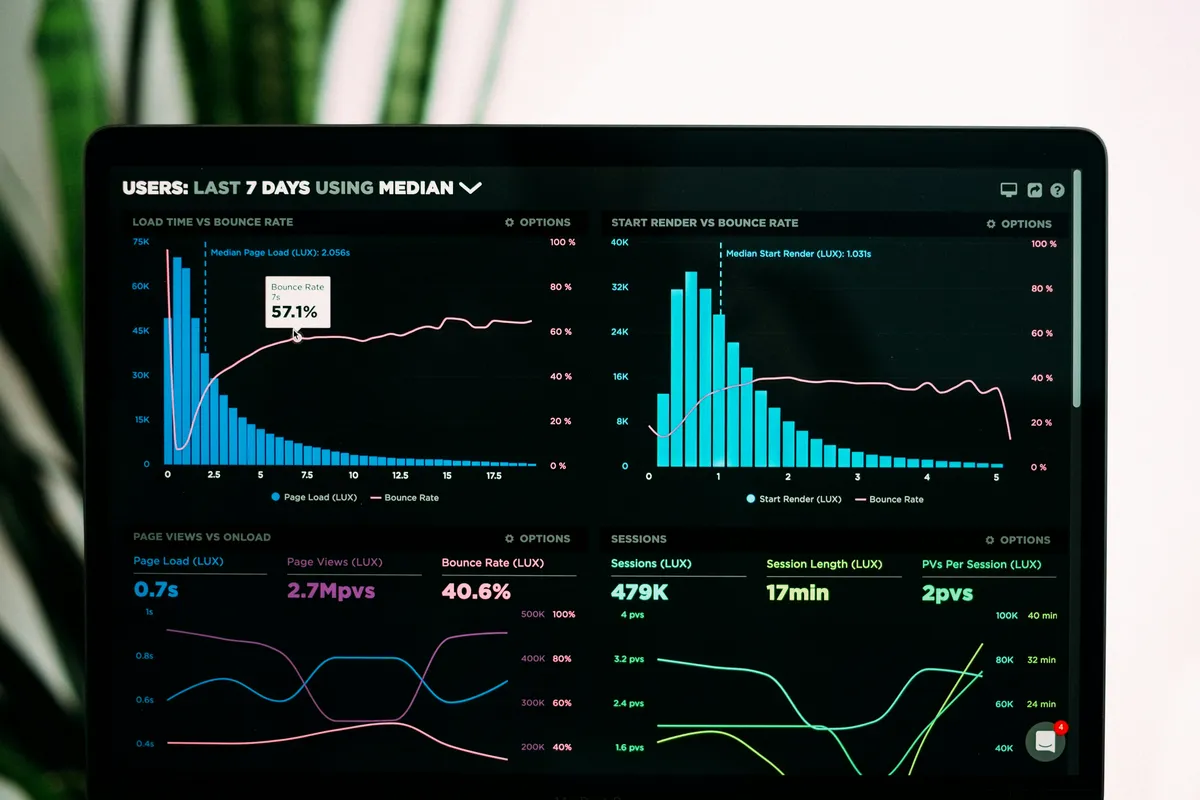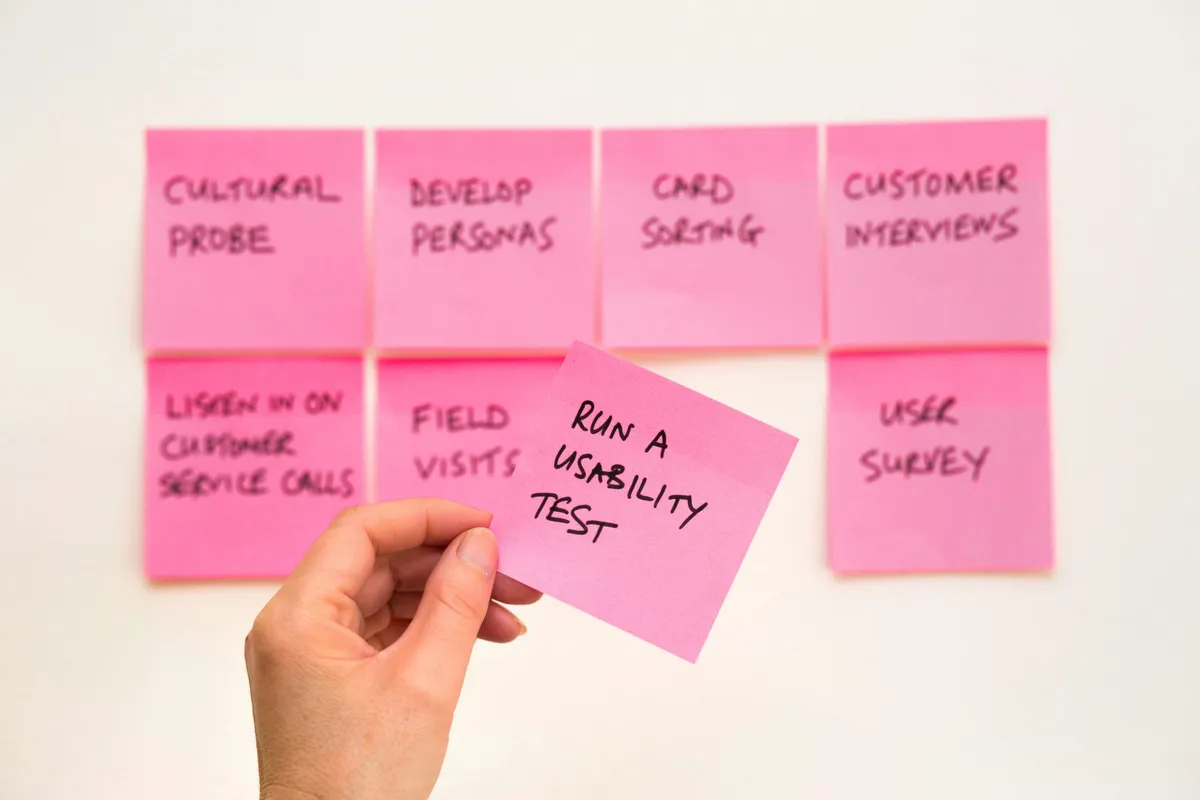
Empowering AI and Software Development

Mission
To bridge the knowledge gap in AI and software development by providing accessible, high-quality educational resources and research materials.

Vision
To be a leading source of AI knowledge, empowering individuals and organizations to harness its potential for meaningful impact.

Goals
To create a transparent and accessible platform for knowledge sharing
AI Software Development Life Cycle (SDLC) Overview
The AI Software Development Life Cycle (SDLC) is a systematic process for developing high-quality AI products and solutions. It involves several distinct stages, including planning, analysis, design, development, testing, deployment, and maintenance. Our AI SDLC framework ensures that AI products are reliable, scalable, and meet customer requirements.
SDLC Steps for AI Products & Solutions

1. Planning
Identifying the objectives, scope, and limitations of the AI project. This stage involves gathering relevant information, researching technologies, and defining project constraints.

2. Analysis
Analyzing user requirements, understanding their needs, and determining the best way to meet them. This stage may include data analysis, data preprocessing, and feature selection.

3. Design
Designing the AI system architecture, selecting appropriate algorithms, and defining the data pipeline. This stage involves creating system specifications and designing user interfaces.

4. Development
Implementing the AI solution by writing code, training models, and integrating components. This stage includes debugging, optimization, and validation of the AI solution to ensure it meets the design specifications.

5. Testing
Evaluating the AI solution's functionality, performance, and reliability. This stage involves various testing methodologies, such as unit testing, integration testing, system testing, and user acceptance testing.

6. Deployment
Deploying the AI solution to a production environment, making it available to users, and monitoring its performance. This stage includes deployment strategies like continuous deployment, blue-green deployment, and canary releases.

7. Maintenance
Continuously monitoring, updating, and improving the AI solution based on user feedback and performance metrics. This stage involves fixing bugs, refining algorithms, and implementing new features as needed.